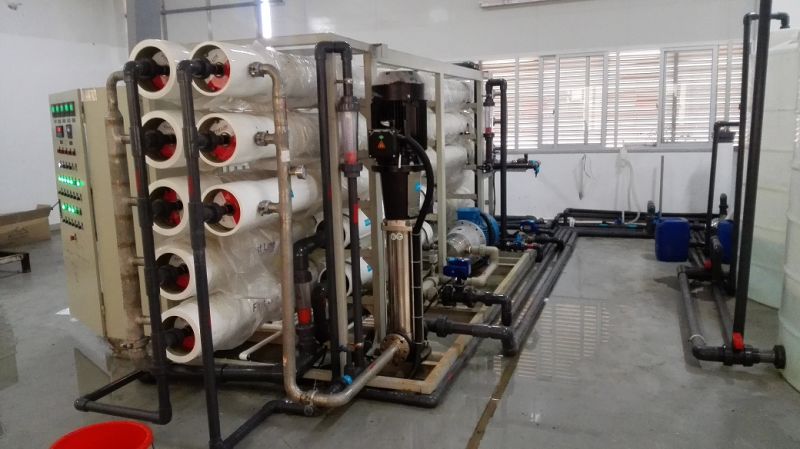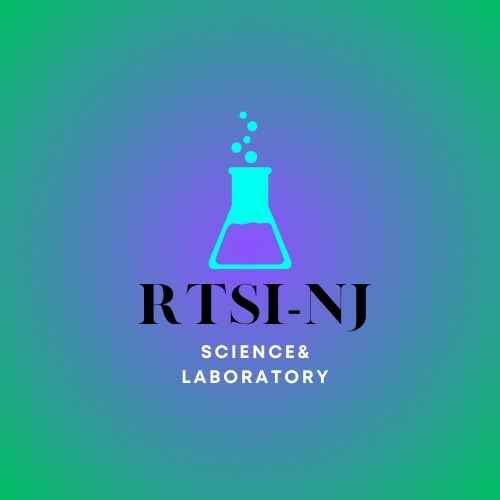
marine reverse osmosis is the process of filtering salts, bacteria and other pollutants out of seawater using semi-permeable membranes. It's a water purification technology that can be employed for various purposes like providing freshwater to boats or other vessels as well as land-based desalination applications.
A Marine RO System typically consists of several components installed either aboard a ship or at shore-based locations. The key element is the reverse osmosis membrane, which filters seawater to produce high-quality permeate water that can be stored for later use.
The membrane is designed to withstand a wide range of pressures and temperatures, making it suitable for offshore as well as onshore applications. It offers low maintenance requirements and an economical solution to generate freshwater from seawater for marine, agricultural, industrial, and commercial needs.
Pretreatment Mechanisms for Feed Water
Prior to processing by reverse osmosis membrane, feed water must be pretreated to eliminate any heavy metals or other contaminants which could negatively affect its performance. This can be accomplished using chemical dosing or filtration systems.
Chemical dosing mechanisms work by adding phosphate, nitrate or chloride into the feed water to raise its pH and prevent corrosion. Furthermore, this system reduces dissolved salts and other impurities present in the feed water so they can be easily removed by RO membranes.
Flow Rates and Capacities for Marine Reverse Osmosis Systems
High pressure is applied to RO membranes, forcing water through microscopic pores within the membrane. Filtered, clean water exits as permeate (high quality potable water). Larger dissolved solids and other impurities are flushed away as reject water.
It is essential to select a marine reverse osmosis system compatible with the TDS level of the feed water being processed. Doing this helps guarantee that the RO plant can efficiently achieve desired purity levels, which are essential in many industries.
In addition to eliminating salts, an RO membrane also filters out other pollutants such as chemicals, protozoans and viruses. These pollutants can be hazardous for marine life and make water unfit for consumption.
Reverse osmosis systems come in two varieties, one-stage and double pass. The latter will produce two streams of water – a permeate stream and concentrate stream.
When using marine reverse osmosis systems, the concentration of the concentrate is often much higher than that in the permeate stream. This occurs because concentrated feed water is subjected to greater pressure than usual when being pushed against RO membranes.
The membrane will withstand the strain, so it can be reused to process more feed water. Marine reverse osmosis systems typically use RO membranes with an osmotic pressure of 28 bars or greater; however, this pressure may differ depending on the size of the plant.
What is his purpose?
An automatic freshwater purifier eliminates both dissolved and suspended particulate matter from water by applying an electrical field to membranes above and below the flow, known as ion concentration polarization (ICP). Additionally, this device uses less energy than traditional filtration methods while operating with just a button press. Furthermore, the purification system comes equipped with other cool features like its built-in pump for convenience. Depending on the quality of source water used for processing, you may reduce or eliminate many types of contaminants including microorganisms to chemicals.
What is his specialty?
An automatic freshwater purifier is a device that attaches to your home's water supply and works to remove certain contaminants. It uses multiple filters for cleaning the water, eliminating sediment, chlorine, lead, cysts and other impurities; plus it uses ultraviolet light to kill bacteria, viruses and microorganisms. Not only does this ensure your family drinks water of the highest quality but it can save money on utility bills since you use less overall. Overall, having such an instrument in the home makes all the difference for keeping everyone healthy – making this device an essential addition for any household!
What are its advantages?
Water treatment is an essential step in water management. This process removes contaminants from water to produce high quality drinking water that meets standards set by government agencies or international regulations. Common contaminants in water include suspended particles such as clay and silt, organic matter like algae, bacteria, viruses and protozoa, fungi, and chemicals. Visual inspection may be sufficient to detect the presence of some contaminants, but more comprehensive chemical and microbiological analysis is required to accurately calculate their concentration and whether any remedial action is required. Automatic freshwater purifiers are an efficient solution for eliminating these substances from your water source.
